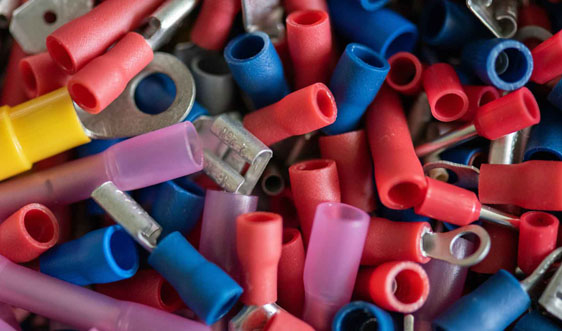- We believe that every waste material contains unlimited possibilities—— Vanndai Environmental
- Email:vanndai@vanndai.com
Plastic, once hailed as a marvel of modern chemistry, has become a symbol of environmental overreach—with 8 million tons spilling into oceans yearly and landfills swelling with single-use bottles, packaging, and debris. But a quiet revolution is underway: across labs, factories, and communities, plastic recycling is being reimagined not as a last-resort cleanup, but as a cornerstone of sustainable production, driven by breakthroughs that turn “unrecyclable” waste into high-value resources.
At the heart of this shift is a rejection of the myth that certain plastics—like multi-layered snack bags or contaminated food containers—are beyond redemption. Chemical recycling, once a niche experiment, is now scaling up to tackle these tough cases. Solvolysis, a process that uses solvents to dissolve plastic into its molecular building blocks, can break down even mixed or soiled plastics into pure monomers. These are then reconstructed into virgin-quality polymers, suitable for everything from medical-grade packaging to food-safe bottles—closing the loop in ways mechanical recycling, which struggles with contamination, never could. In the Netherlands, a plant using this technology now processes 10,000 tons of hard-to-recycle plastic yearly, churning out raw materials that rival petroleum-based alternatives in quality.

Mechanical recycling, too, is getting a high-tech upgrade. Traditional sorting lines, which relied on human eyes to distinguish PET from HDPE, are being replaced by AI-powered systems that combine near-infrared sensors with machine learning. These systems can identify 30+ plastic types in milliseconds, even detecting micro-contaminants like paper labels or adhesive residues. In Germany, such technology has boosted recycling purity from 85% to 99%, making recycled plastic attractive to brands like Coca-Cola, which now uses 50% recycled content in its bottles—up from 10% a decade ago.
Community action is proving equally vital. In Kenya, where plastic bags were once banned outright, grassroots initiatives now train locals to collect and sort plastic waste, which is then sold to recycling cooperatives. These cooperatives use low-tech shredders to turn bottles into flakes, which are exported to textile mills in India to make polyester fabric—creating a circular supply chain that employs 20,000+ people. Meanwhile, consumer demand for transparency is pushing brands to adopt “recyclable by design” packaging: Unilever, for example, has redesigned its shampoo bottles to eliminate non-recyclable labels, making them easier to process in standard recycling streams.
Challenges remain: high energy costs for chemical recycling, patchy global collection systems, and the sheer volume of new plastic entering the market. But the momentum is undeniable. When a plastic bottle can be recycled into a jacket, then into a car part, then back into a bottle—with minimal loss of quality—the idea of “waste” itself dissolves. This is the promise of modern plastic recycling: not just managing excess, but redefining plastic as a permanent, circulating resource. In this new paradigm, every piece of plastic ever made becomes a potential raw material—proof that sustainability isn’t about sacrifice, but about reimagining what’s possible.
vanndai
We are VANNDAI Environmental Protection Equipment Co., LTD., mainly providing crushing and recycling solutions and equipment manufacturing and sales for waste plastics, waste metals, waste electronic products, waste paper, biomass, etc. Feel free to contact vanndai@vanndai.com
© 2025. All Rights Reserved. Theme By XinTheme



